Thank you!
Thank you so much for reaching out to us! We’ve received your message.
One of LocalRoofs’ customer care specialists will reach out to you shortly.
While you wait, here’s a look at what you can expect from your LocalRoofs appointment.
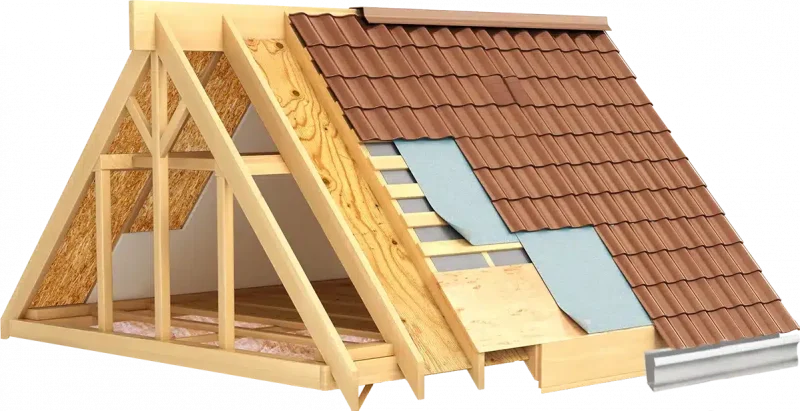
Roof coverings: The visible, overlapping weatherproof roof covering that sheds water, protects the underlying structure, and adds style to your home. Common roofing covering materials include asphalt (composition) shingles, clay tiles, concrete tiles, slate tiles, solar shingles, metal roofs, silicone and acrylic coatings.
1 of 7 Attic vents allow air circulation in the attic space to remove moisture and prevent premature roof deterioration. Proper ventilation is crucial for roof longevity. Attic vents with ember-resistant mesh screening are important for fire-hardening in high fire hazard severity zones. 2 of 7 Underlayment: A water-resistant or waterproof material installed beneath the roof covering to prevent leaks if the outer covering is damaged or deteriorates over time. Premium underlayments also provide additional energy efficiency. 3 of 7Decking: The solid base, typically plywood, that provides a nailing surface for the roof covering.
4 of 7Fascia: Horizontal boards attached to the rafter ends along the roof perimeter, providing a surface to mount the gutter system.
5 of 7Gutters: Channels that collect and direct rainwater away from the roof and foundation to prevent water damage and soil erosion around the building.
6 of 7Attic insulation: Material in the attic floor or between rafters that reduces heat transfer, improves energy efficiency for your home, and acts as a barrier between the unconditioned air in your attic and the conditioned air your family is breathing.
7 of 7And here are a few resources you may find helpful as you start your roofing journey. We look forward to talking with you!
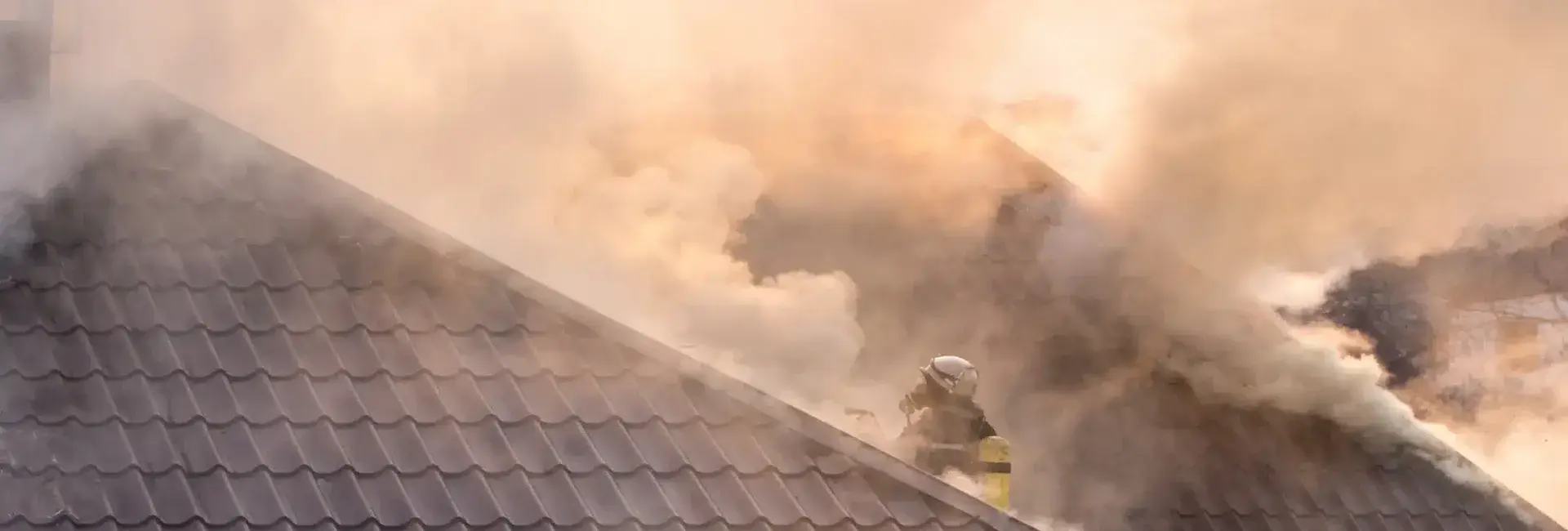
The Hidden Fire Hazard Under Your Tiles: Is Your Roof’s Underlayment Your Home’s Weakest Link?
Recent windstorms and wildfires have exposed a critical hidden vulnerability in many California homes: how aging and outdated underlayment can compromise your home’s fire protection. While most people only think about the top layer of roofing materials like clay and concrete tiles, which are excellent fire-resistant materials, they’re only part of the equation.
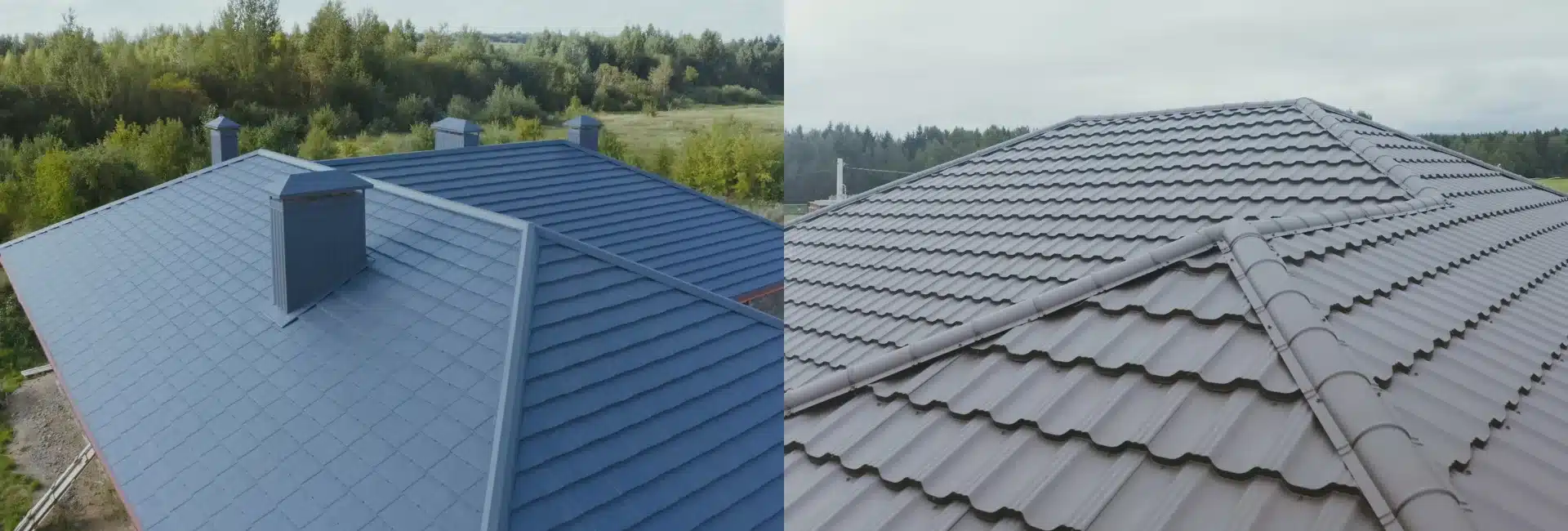
Fire-Resistant Roofing: A Guide to Protecting Your Property
With the recent windstorms and fires in our area, many homeowners have been asking about how to better protect their homes from fire damage. We sat down with a Los Angeles fire captain to get his perspective on helping homeowners protect their properties through proper fire-resistant roofing techniques. The good news is that there are several proven ways to “fire-harden” your home, and it starts right at the top – with your roof.
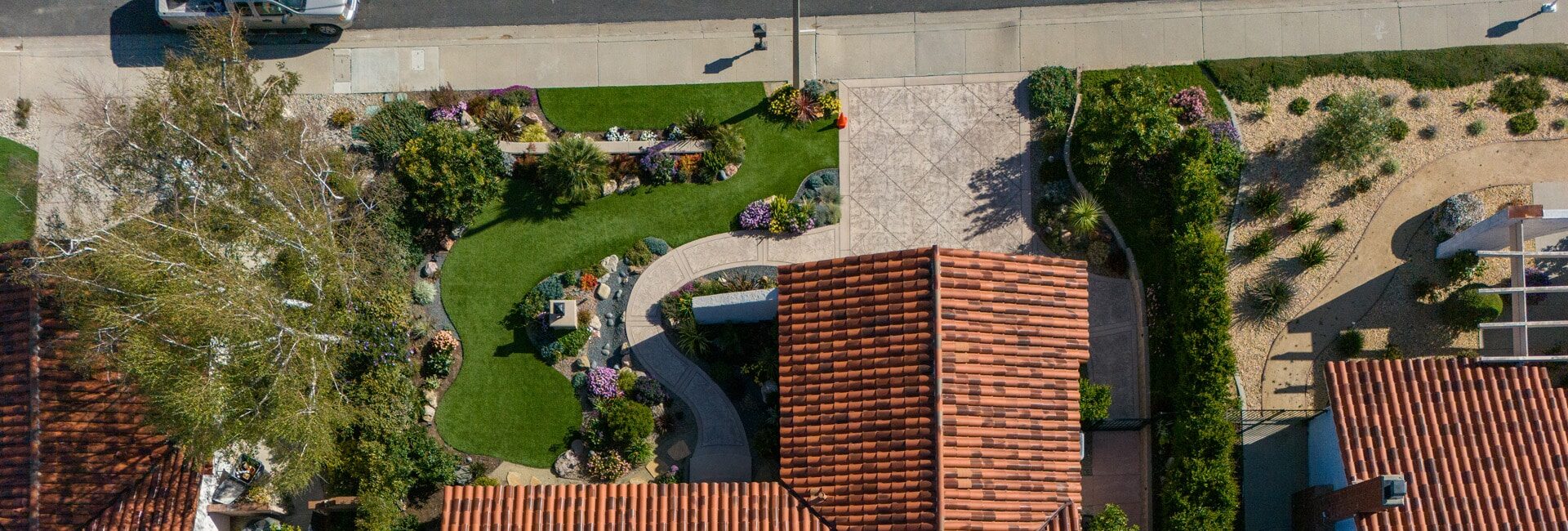
How to Choose the Best Roofing Contractor in Pleasanton
Your roof is essential for your home’s safety, energy efficiency, and curb value. Whether you’re installing a new roof or repairing or replacing an existing one, assessing contractor qualifications and other factors helps you choose the right Pleasanton roofing contractor and ensure the quality and longevity of your roof.
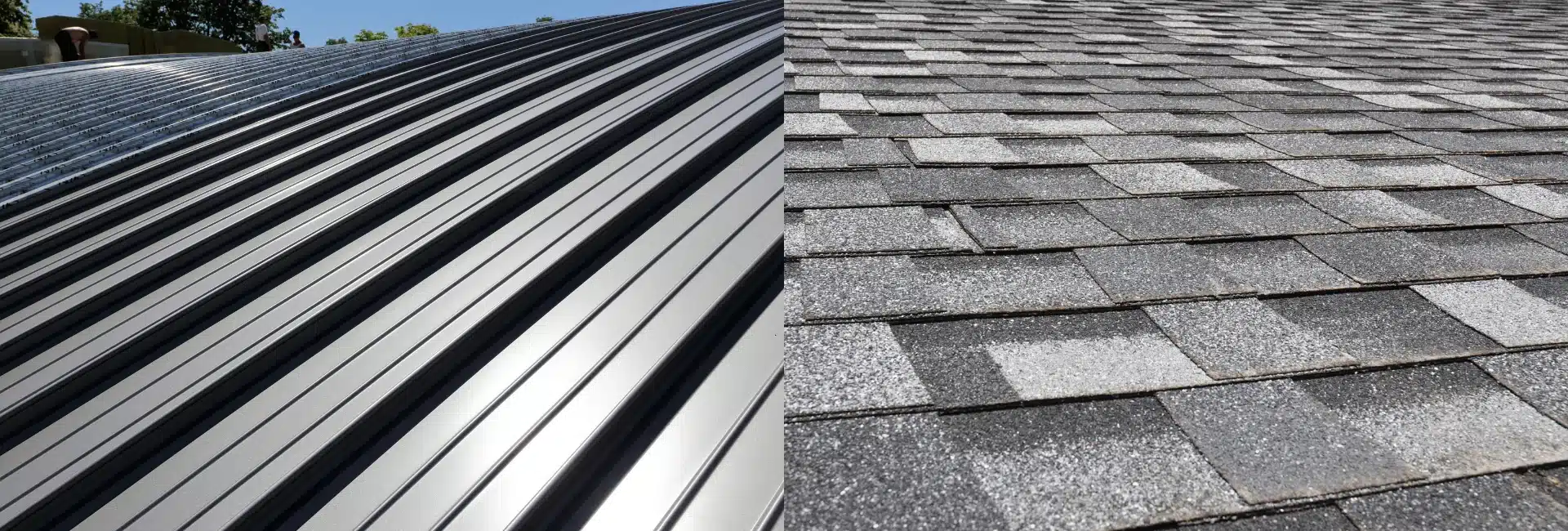
Metal Roofs vs Shingles: Pros, Cons, and Cost Analysis
If you’re planning a roof replacement, you’ve probably come across the big debate: metal roof vs shingle roof. Each type of roof offers unique advantages, but the right choice depends on your budget, home style, and future goals.
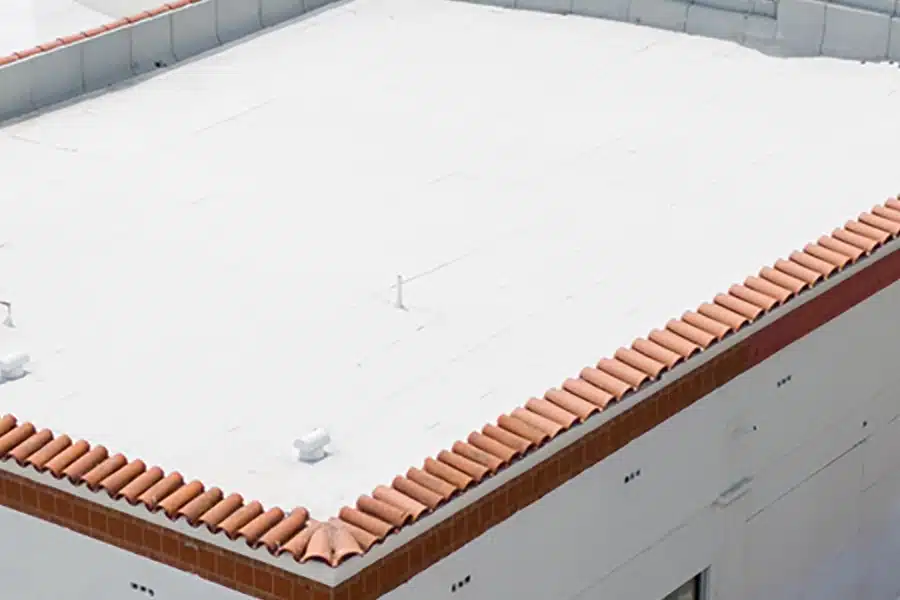
5 Popular Roof Types: Which One Is Your Perfect Match?
Picking out a new roof for your home can feel like a big decision—after all, it’s not something you do every day! With so many different styles and materials to choose from, it can be tough to know where to start. But don’t worry, we’ve got you covered.
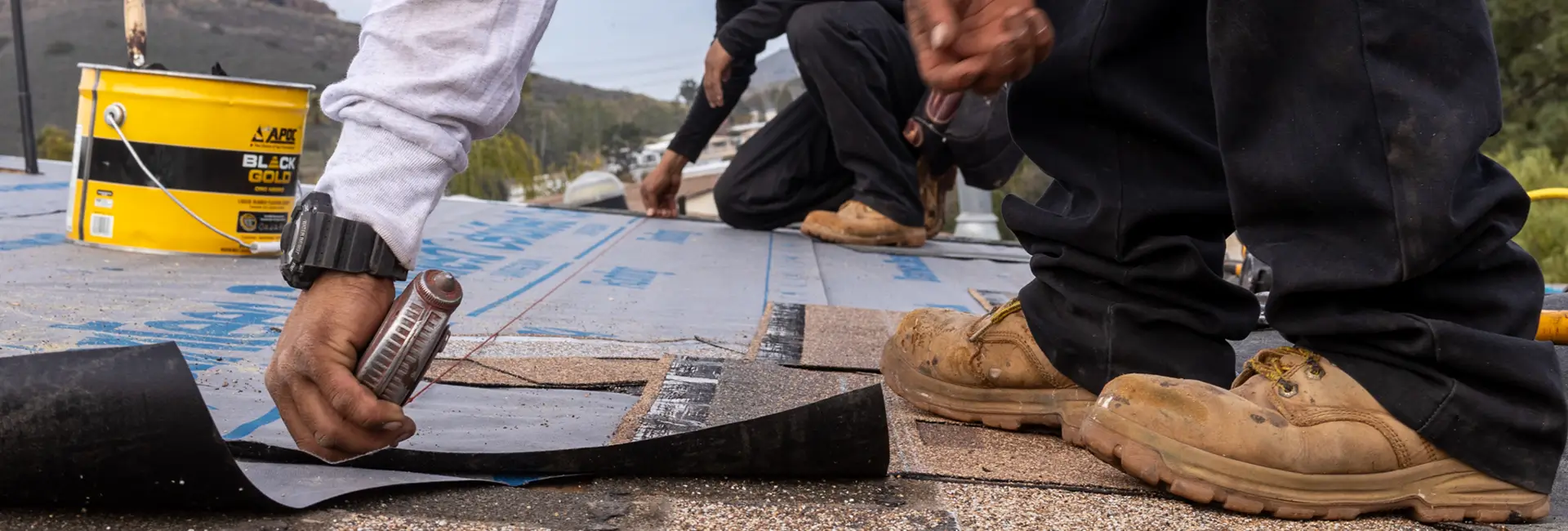
Roof Underlayment Types: Which is Best for Your Roof?
When it comes to protecting your home, the roof is your first line of defense. But did you know that the type of roofing underlayment you choose plays a crucial role in that protection?